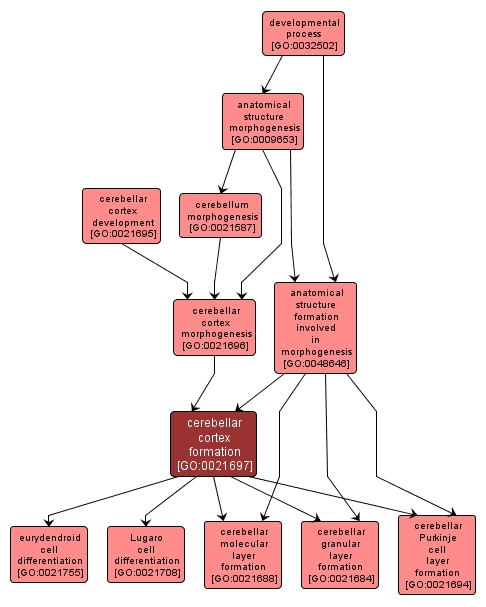| Desc: |
The process that gives rise to the cerebellar cortex. This process pertains to the initial formation of a structure from unspecified parts. The cerebellar cortex is a thin mantle of gray matter that covers the surface of each cerebral hemisphere. It has a characteristic morphology with convolutions (gyri) and crevices (sulci) that have specific functions. Six layers of nerve cells and the nerve pathways that connect them comprise the cerebellar cortex. Together, these regions are responsible for the processes of conscious thought, perception, emotion and memory as well as advanced motor function. |














